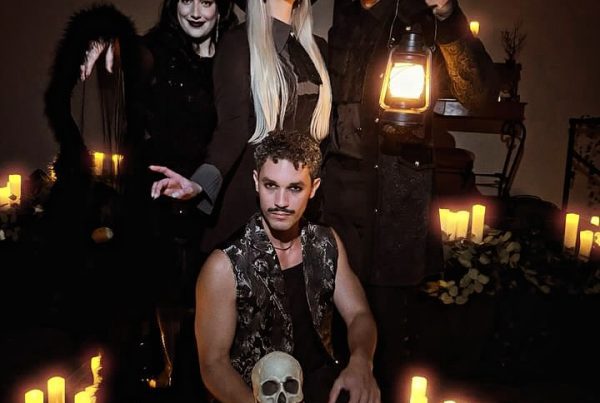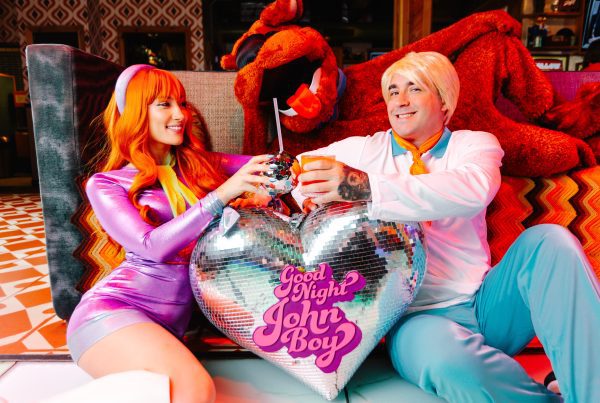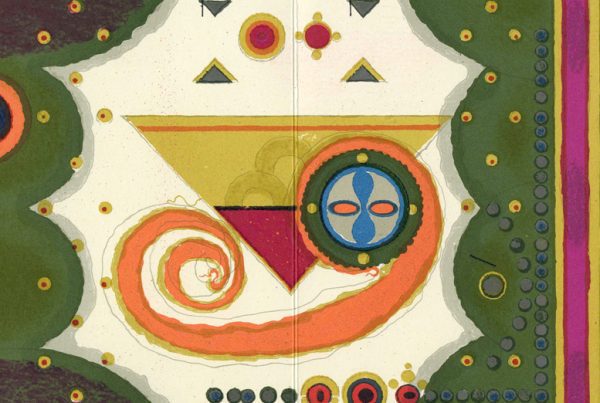When a violent crime is committed, it takes a team of specialized individuals with strong constitutions to investigate the scene, document the findings, analyze the results and, finally, return the crime scene back to “normal.” In this feature from our May 2020 print issue, four Floridians share how they do it.
King Brown
Inspired by the detective shows, like “Quincy,” that he consumed in his youth, King Brown took an early interest in forensic studies, earning an associate degree in Crime Scene Technology from Miami-Dade Community College. While his corrected vision prevented him from pursuing a career in law enforcement when he graduated, in 1973—Brown wears contact lenses—he secured a civilian position as a crime scene technician for the City of Hollywood in 1986. Today, he is the crime scene supervisor for the West Palm Beach Police Department, a position he has held for the past 20 years.
While his job can be a gruesome one, Brown doesn’t have to worry too much about taking his work home with him: His wife, Dawn Watkins, is a retired forensic supervisor for the City of Palm Beach Gardens, and was the first female forensic photographer to be officially certified by the International Association for Identification. Together, they run Watkins & Brown LLC, a private business offering forensic education and training; Brown also teaches crime scene investigation at Palm Beach Atlantic University.
ON HIS PROTOCOL
The unit deals with homicide on down—suicide, dead bodies, murder, rape, robbery. We respond to the scene and meet with the officer that’s on scene or the detective, find out the particulars of the case, and at that point we start the documentation, either by notes or by diagrams, and then by photography, and usually if it’s a homicide, by 3D laser scanner.
ON WHAT MAKES A GREAT FORENSIC PHOTOGRAPHER
[You have to know] the basics and the avenues of photography—shutter speed, f-stop, your lenses, what each of them can do, and know that you’re ready to take a good photograph, not just snap a picture; being able to know when I need more depth of field, when there’s motion blur in the image. Nowadays it’s beautiful, because you have digital cameras where you can zoom in and see whether or not you have a good forensic image. In the past when we had to use film, you didn’t have that avenue.ON CHANGES IN FORENSIC DEMOGRAPHICS
One of the big things is women. Women are very drawn to this, and they do a phenomenal job as crime scene investigators, because they’re very tenacious, and they go after the evidence bigtime. In my staff, there’s four guys and nine women.
“PHOTOGRAPHY… CAPTURES A SCENE, TRANSFERS IT TO THE DETECTIVES, TO THE POLICE OFFICERS, TO THE COURT, TO THE JURY, TO THE JUDGE, AND ALLOWS THEM ALL TO SEE IT, BECAUSE EVERYBODY TAKES PICTURES. PHOTOGRAPHY IS A UNIVERSAL LANGUAGE NOW.”
ON A CASE THAT HAS STUCK WITH HIM
After 35 years, not a lot shocks me. But if someone asks, “what scene has ever really gotten to you?,” it was a traffic accident. Years ago, a grandma and grandpa were going to church. They took the baby with them, didn’t bother putting the baby in the car seat, and were holding the baby in grandma’s lap. Somebody cut them off, they collided, both grandma and grandpa were transported to the hospital, and they called me for the injuries.
I was doing my photographs, and heard the baby, which was stuck underneath the dashboard. We called for rescue, they came and got the baby out, brought the baby to the hospital. The thing that got me was the photograph of the baby, because both of the femurs, which are the major weight-bearing bones of the body, were snapped in half. I can see it to this day. The baby survived, with two broken legs.
ON CRIME SCENES IN WEST PALM BEACH VS. HOLLYWOOD
It’s amazing to look at man’s inhumanity to man, and how as it’s progressed in the 35 years. We saw some pretty cold killings in Hollywood. But it’s nothing compared to some of the cold killings in West Palm Beach, which are just without emotion.
ON WHETHER HE BELIEVES FORENSIC PHOTOGRAPHS SHOULD BE RELEASED TO THE PUBLIC
I don’t, because in essence the more images are released in that area glorifies the bad guy. I’m a firm proponent that of these school shootings, you don’t release the name of the [shooter]. You don’t give them any notoriety. Because the reason they’re doing it is for the notoriety.
For the rest of our Crime Scene Heroes feature, click here.
This story is from the May/June 2020 issue of Boca magazine. For more content like this, subscribe to the magazine.







